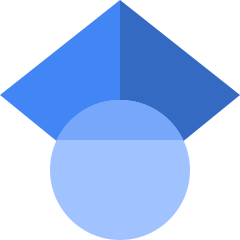
Mats Vermeeren
EPSRC Research Fellow and Lecturer
Department of Mathematical Sciences
Loughborough University
Member of the London Mathematical Society
and the International Society of Nonlinear Mathematical Physics
Academic background
I started my studies in mathematics at the KU Leuven in Belgium, my native country. After obtaining a bachelor’s degree there in 2012 I moved to Berlin to enter the graduate program of Berlin Mathematical school. I joined the geometry and mathematical physics research group at the Technische Universität Berlin and obtained a master’s degree (2014) and a doctorate (2018). In 2020 and 2021 I was a DFG Research Fellow at the University of Leeds, UK. In 2022 I started a Doctoral Prize Fellowship at Loughborough University. Currently, I am a Lecturer at Loughborough University and hold an EPSRC Open Plus Fellowship.
Maths outreach
An overview of my outreach activities can be found here.
Research Interests
My research is centered around the Lagrangian structure (in the sense of variational principles) of discrete and continuous dynamical systems and their symmetries.
Integrable systems
Much of my work deals with integrable systems, which are differential equations (or difference equations) that exhibit a surprising amount of structure. While integrable differntial equations are usually described in a Hamiltonian framework, they allow a beautiful variational principle too:
- Variational principles for integrable systems: Lagrangian multiform theory / pluri-Lagrangian systems.
Lagrangian multiform theory applies to discrete as well as continuous integrable systems. More broadly I am intersted in connections between these two realms:
- Hierarchies of integrable differential equations as continuum limits of fully discrete equations.
[You can find a layman’s introduction to integrable systems in this blog post; and an introduction assuming some mathematical background in these slides.]
Geometric numerical integration
Most differential equations cannot be solved exactly. In practice they are approximated numerically. When a differential equation has some structure (in an abstract geometric sense), an effective way to improve the efficiency of the numerical methods is to ensure they preserve this structure. Such a numerical algorithm is known as a gemetric numerical integrator. My main interests in this area are:
- Backward error analysis for variational integrators.
- Discretization of contact Hamiltonian systems.
[You can find a light-hearted introduction to geometric numerical integration, assuming some mathematical background, in these slides: A picture book of geometric numerical integration.]
More details
See the list of my publications and the list of talks I’ve given
Fellowships and Research Projects
- EPSRC Open Plus Fellowship: Lagrangian Multiforms for Symmetries and Integrability: Classification, Geometry, and Applications
- DFG Research Fellowship: Lagrangian Theory of Integrable Hierarchies: Connections and Applications (2020-2021)
- SFB Transregio 109: Discretization in Geometry and Dynamics, in particular the projects
B2, Discrete Multidimensional Integrable Systems: Geometry and Algebra (2016-2019)
and
B4, Discretization as Perturbation: Qualitative and Quantitative Aspects (2015-2016)


